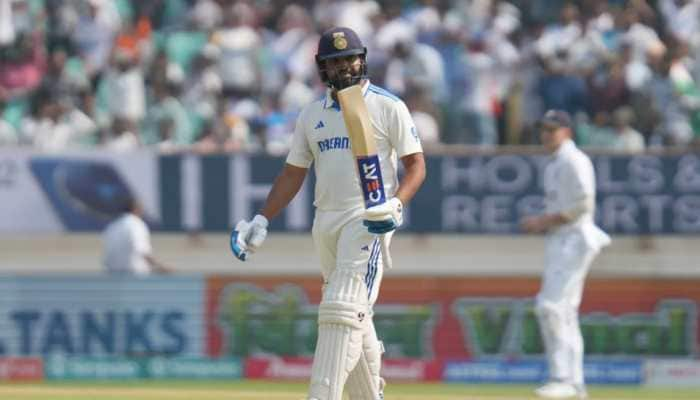NASA bids goodbye to Cassini: A 13-year journey comes to a close
The 20-year-old spacecraft has been investigating the ringed planet for 13 long years and it's finally time for NASA to say goodbye.
Trending Photos
)
New Delhi: NASA has finally bid adieu to the Cassini spacecraft after 13-long years of Saturn exploration.
The spacecraft self-destructed on Friday, September 15, 2017 - 20 years after its launch in the year 1997.
NASA team behind the scenes at the JPL headquarters were seen teary-eyed as the spacecraft was performing its final plunge.
Every time we see Saturn in the night sky, we'll remember. We'll smile. And we'll want to go back. #GrandFinale #GoodbyeCassini #Cassini pic.twitter.com/6tzJ4N9Jif — CassiniSaturn (@CassiniSaturn) September 15, 2017
Cassini spacecraft never failed to deliver what was expected of it.
Cassini's aim of investigating Saturn was truly a fruitful one, owing to all the amazingly informative insights into the evolution and structure of the ringed planet.
The 20-year-old spacecraft had been investigating the ringed planet for 13 long years and NASA finally bid goodbye to it.
Cassini showed us the beauty of Saturn.
It revealed the best in us.
Now it's up to us to keep exploring. pic.twitter.com/E4p1jOvFKf — CassiniSaturn (@CassiniSaturn) September 15, 2017
As it happened:
- Cassini self-destructs, end of mission confirmed.
- Atmospheric forces overwhelm the thrusters' capacity to maintain control of the spacecraft's orientation, and the high-gain antenna loses its lock on Earth. Cassini loses signal.
- Cassini's thrusters are at 100 percent of capacity.
- Cassini enters Saturn atmosphere.
- 2-minute countdown begins.
- Mission engineers struggle to control Cassini's antennae and keep it pointed towards Earth as the spacecraft hurtles towards its end.
- All parameters of Cassini confirmed nominal.
- What's next after Cassini? Mission officer explains.
- 10 minutes left before Cassini loses connection with Earth.
- 26 minutes to the end of mission announced.
- Team members who were a part of the mission when Cassini was launched in 1997, get nostalgic, talk about the 20-year epic journey.
- Cassini to send data to NASA till its final moments.
- Cassini enters Saturn's atmosphere. Its thrusters fire at 10 percent of their capacity to maintain directional stability, enabling the spacecraft's high-gain antenna to remain pointed at Earth and allowing continued transmission of data.
- The "final plunge" begins. The spacecraft starts a 5-minute roll to position INMS for optimal sampling of the atmosphere, transmitting data in near real time from now to end of mission.
Stay informed on all the latest news, real-time breaking news updates, and follow all the important headlines in india news and world News on Zee News.
Live Tv







)
)
)
)
)
)
)
)
)
)
